The island of Gozo is the most rural and least industrialized of the Maltese archipelago. Renowned for the practice of scuba diving, this island is only separated from its big sister Malta, 3 times larger, by a 5km arm of the sea. 14 km long and 7 wide, it offers magnificent landscapes, green hills and wild coasts, unveiling a history dating back several millennia marked by a cultural heritage linked to Greek, Roman and Arab conquests. It is also a place rich in archaeology, religious art and other remarkable sites.
To the west, we discover Djewa Point with its inland sea (Il Qwara), its Azure Window arch. Further north are the salt pans of Xwejni Bay, carved into the yellow rock and carved into terraces since Roman times. To the south, the cliffs of Ta’Cenc tower 200 meters above the Mediterranean, with traces of prehistoric roads (cart ruts), thus joining along the coasts the bay of Xendi and the cove of Mgaar Ix-Xini.
The name of the island means joy and this is what is represented by the warm welcome of visitors by the 30,000 inhabitants whose number equals that of cats, all living in complete safety and harmony.
The capital Victoria, in the heart of the island, is home to nearly 7,000 inhabitants, businesses and administrations. Formerly called Rabat, it bears the name of Queen Victoria since 1897, the year of the celebration of her 60th birthday. We discover the citadel, the basilica of St George, museums and lots of small pedestrian streets that reveal old residences with interior courtyards.
Each agglomeration of Gozo has a church or a chapel, which is the case in Nadur, Qala or Gharb where the Basilica of Our Lady of Ta’Pinu is located, in the northwest of the island.
Ta’ Pinu Basilica
The Basilica of Our Lady of Ta’Pinu is a neo-Romanesque church, 61 meters high. located in Gharb. Built between 1920 and 1931, on the site of an old 16th century chapel, it is very present among Gozotains all over the world. Every year, hundreds of thousands of Roman Catholics make a penitential pilgrimage there on Ta’Ghammar Hill, opposite the Ta’Pinu Shrine, led by the Bishop of Gozo for Easter, at dusk with candles. and torches.
During Holy Week, sacred dramatizations and processions enliven the streets. The important event during Lent is the recreation of the Passion El-Imsallab fi Triqatna produced by Għaqda Dilettanti Ġimgħa l-Kbira – Għawdex.
Local folklore is the basis of the pilgrimage route created by Frangisk Portelli of Gharb who in 1800 said he heard a voice from the holy image of the Virgin, asking her to begin a special devotion with the pilgrimage.
The story goes that in 1883, a peasant woman heard the voice of the Blessed Virgin inside an old chapel, following which several miracles were observed, leading in 1920 to the construction of a large church in thanks for the protection of the Virgin. In 1931, Pope Pius XI gave it the title of basilica and consecrated it the following year. At the end of World War II, personal pilgrimages to the top of the hill as a sign of repentance were made by the faithful, establishing a Via Crucis for pilgrims. She will be visited by Popes John Paul II in 1990 and Benedict XVI in 2010 to bless a « Golden Rose ». For the occasion, the statue of Our Lady of Ta’Pinu was transported from Gozo to Floriana and the Sovereign Pontiff invited the world to pray to her under the patronage of the Queen of the family.
Along the route, there are 14 white marble statues representing the last hours of Christ’s life. They were installed in the 1980s and are based on designs by Gozitan sculptor Alfred Camilleri Cauchy.
Share this content:


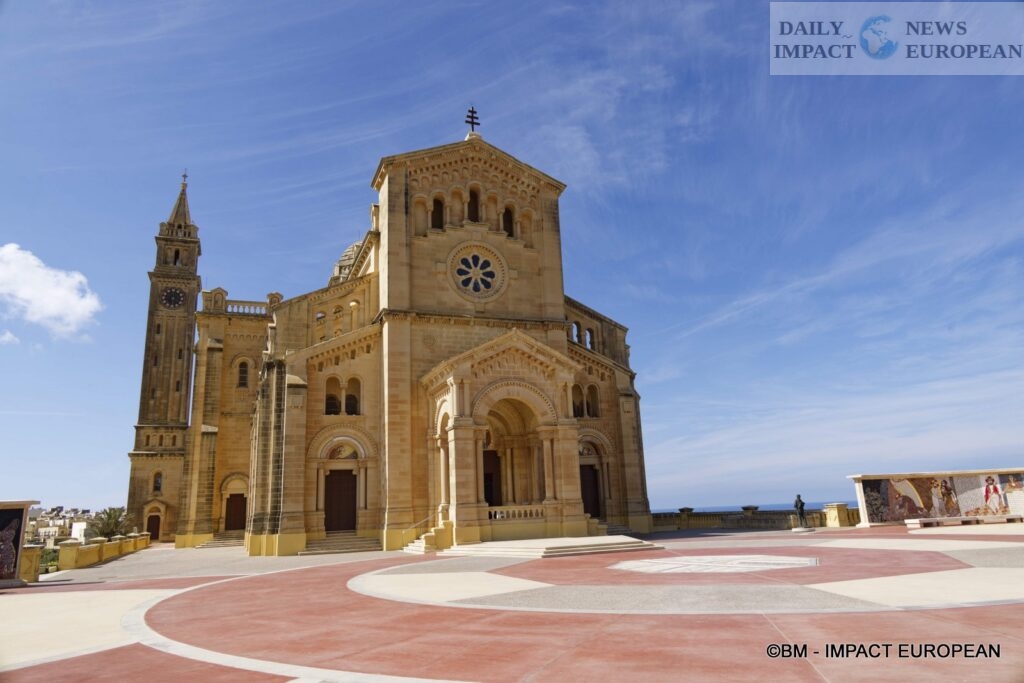
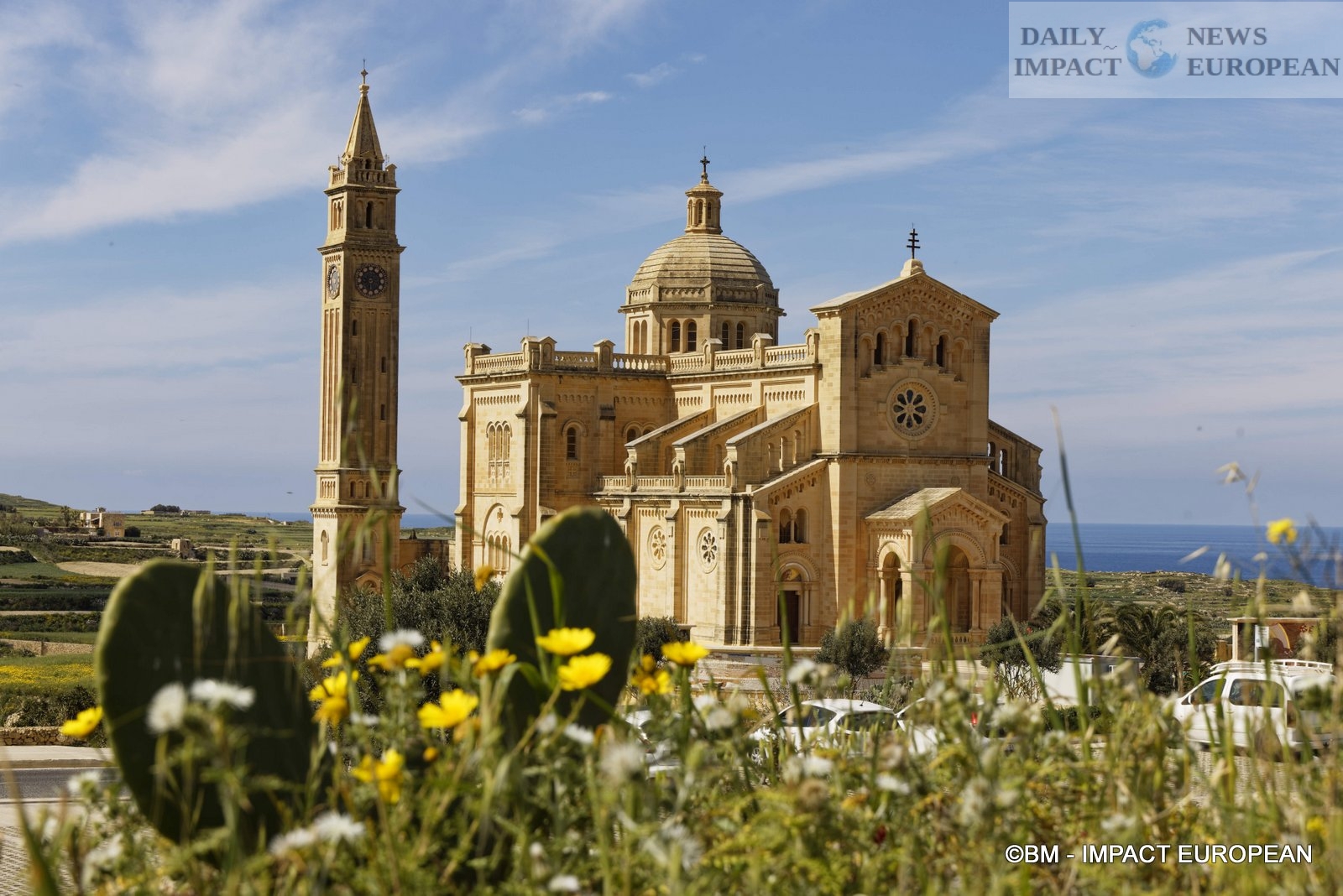
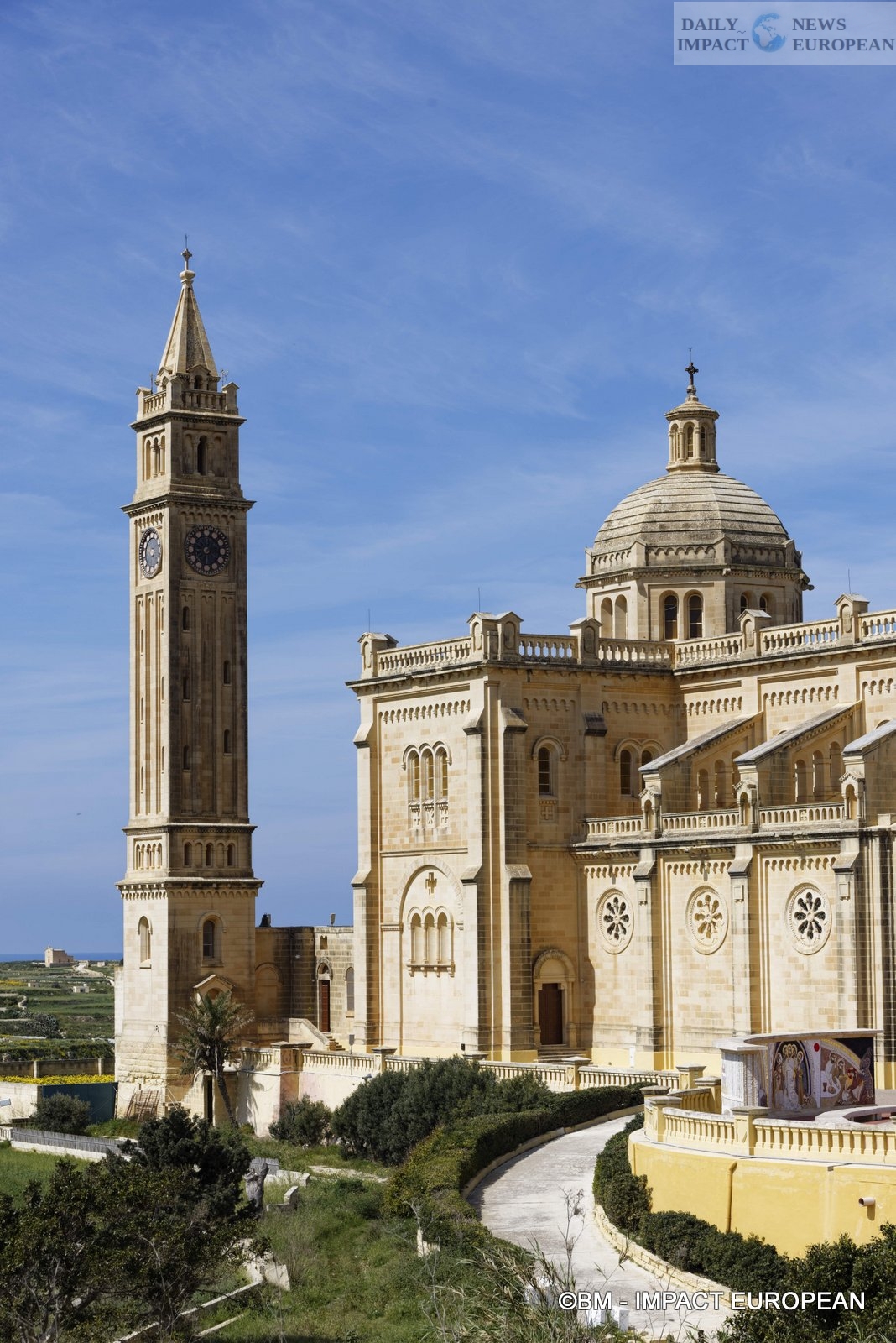
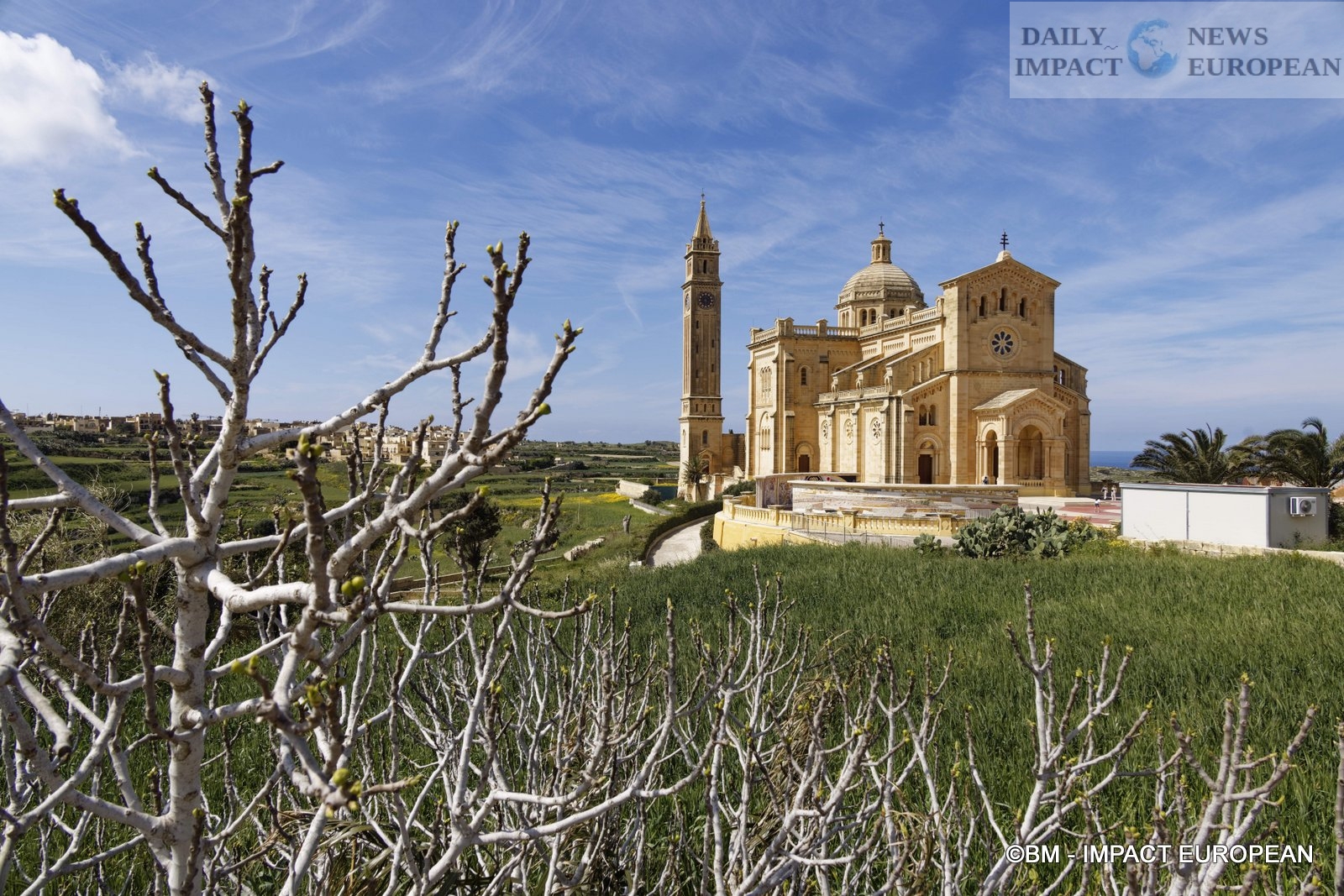
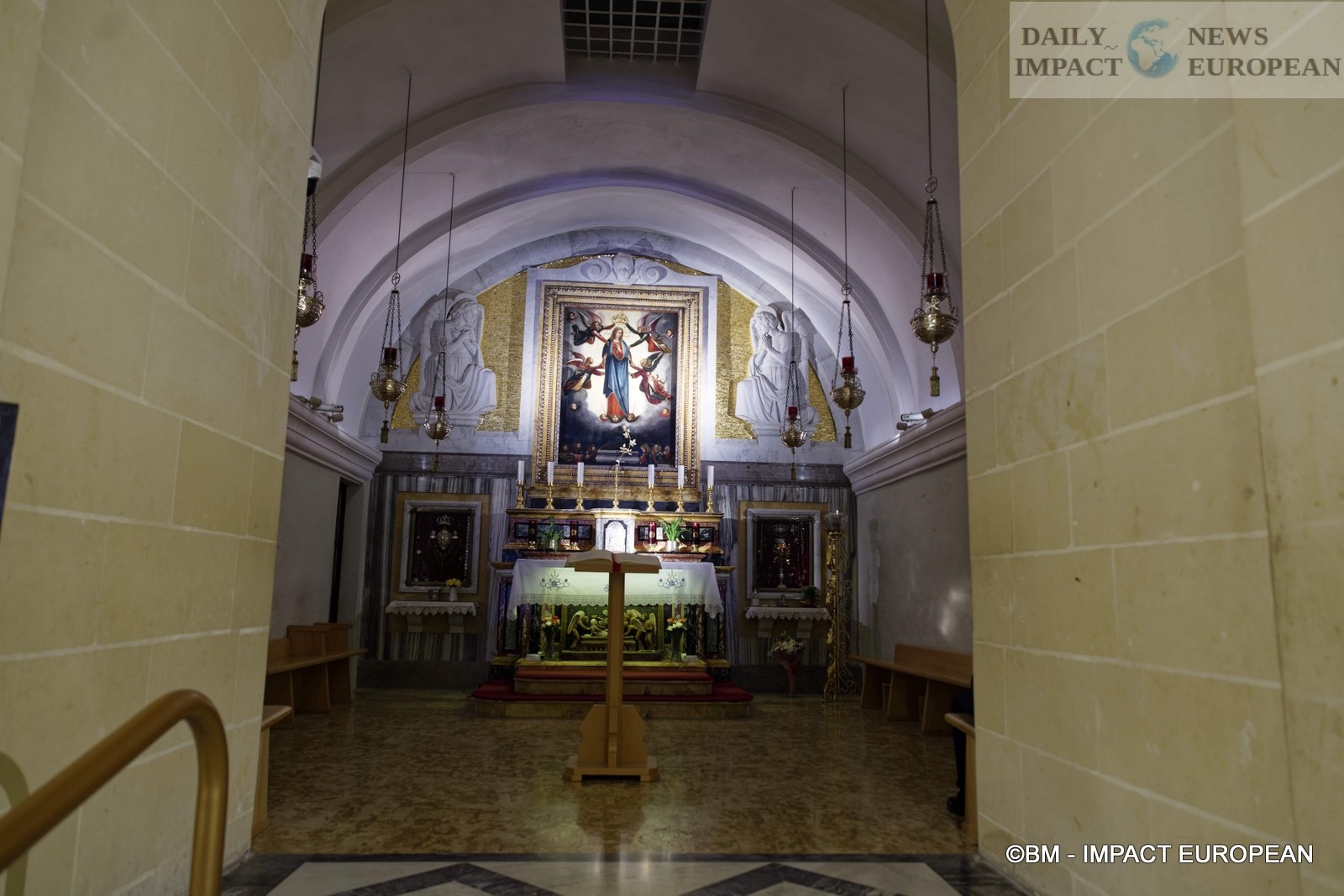
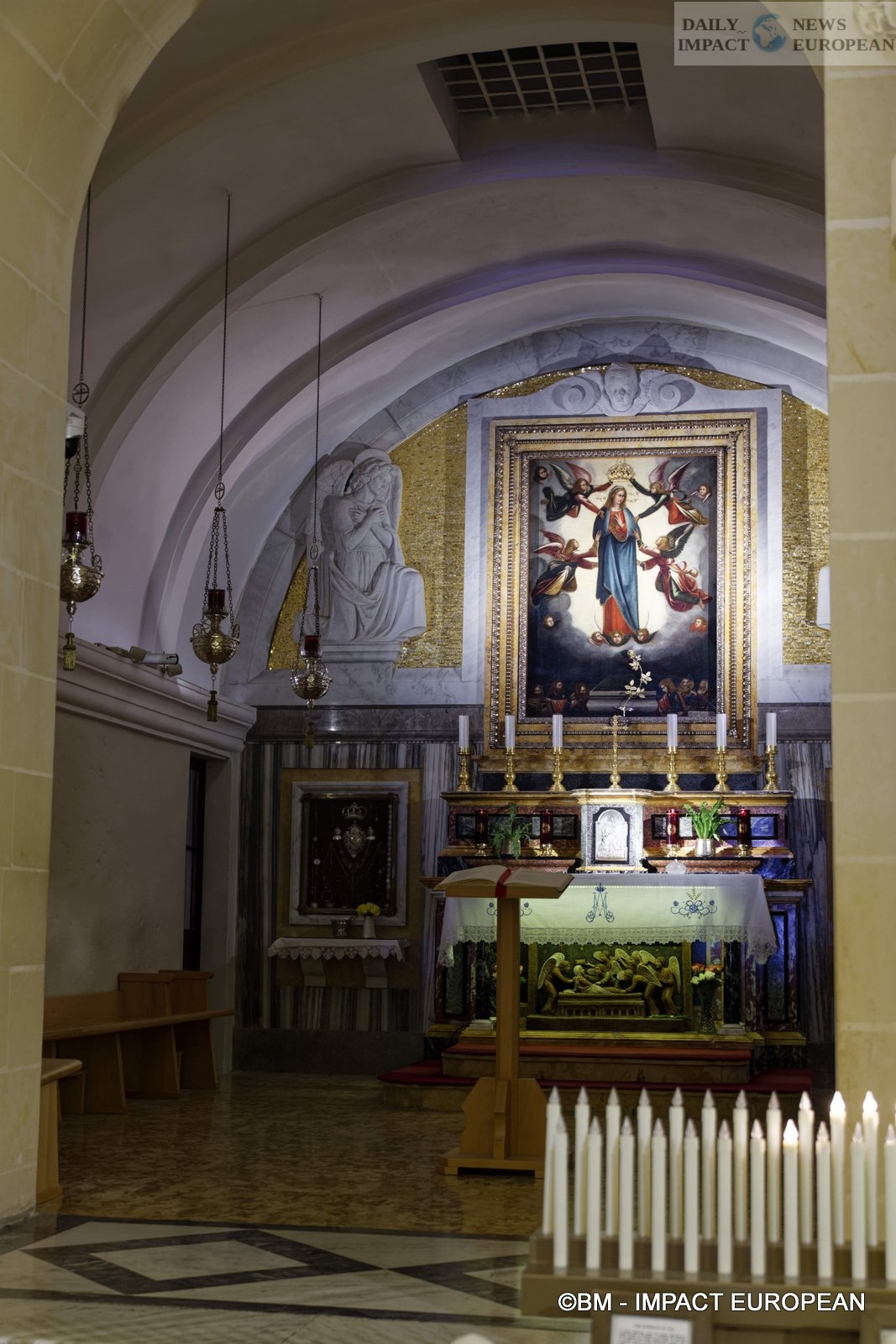
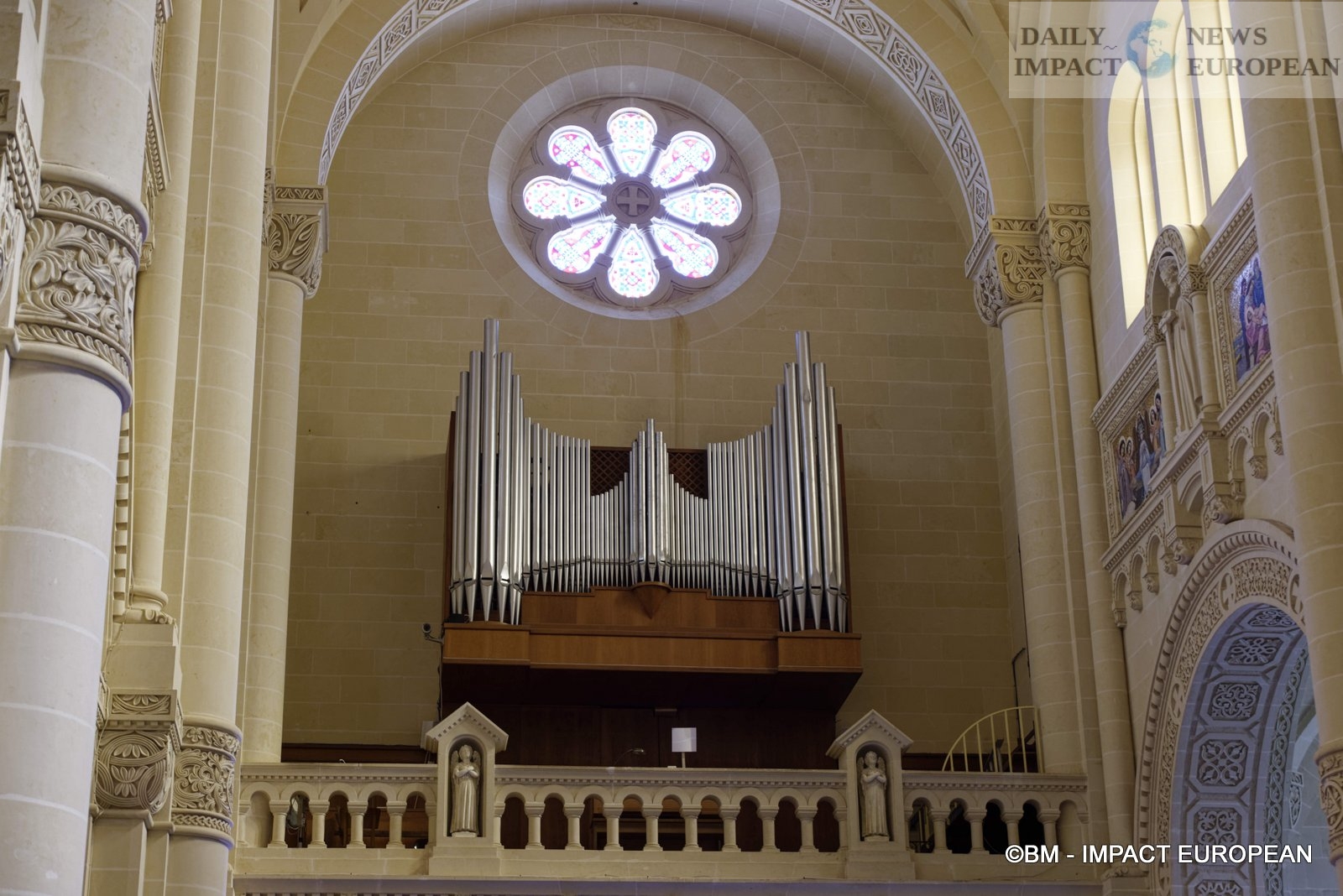
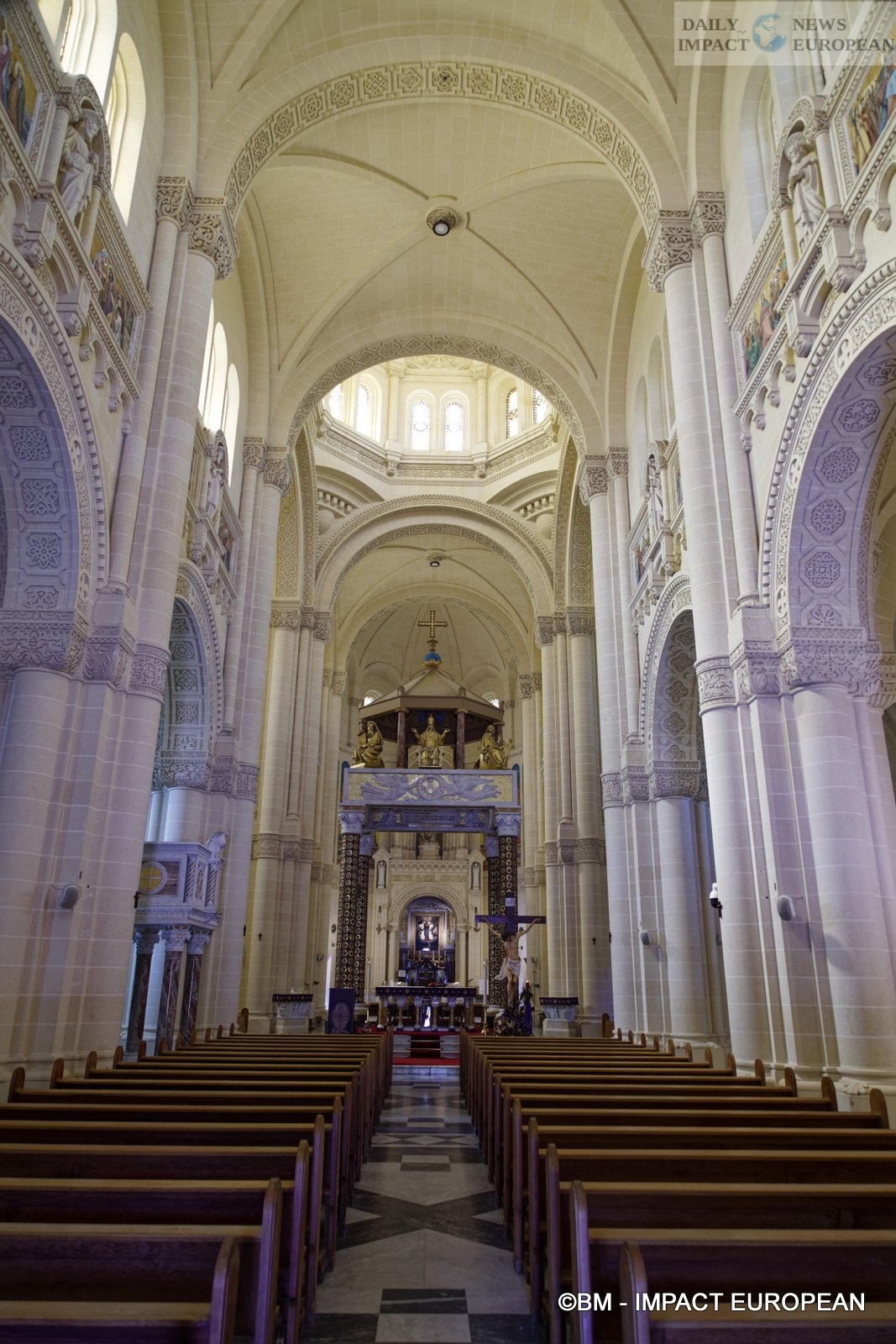
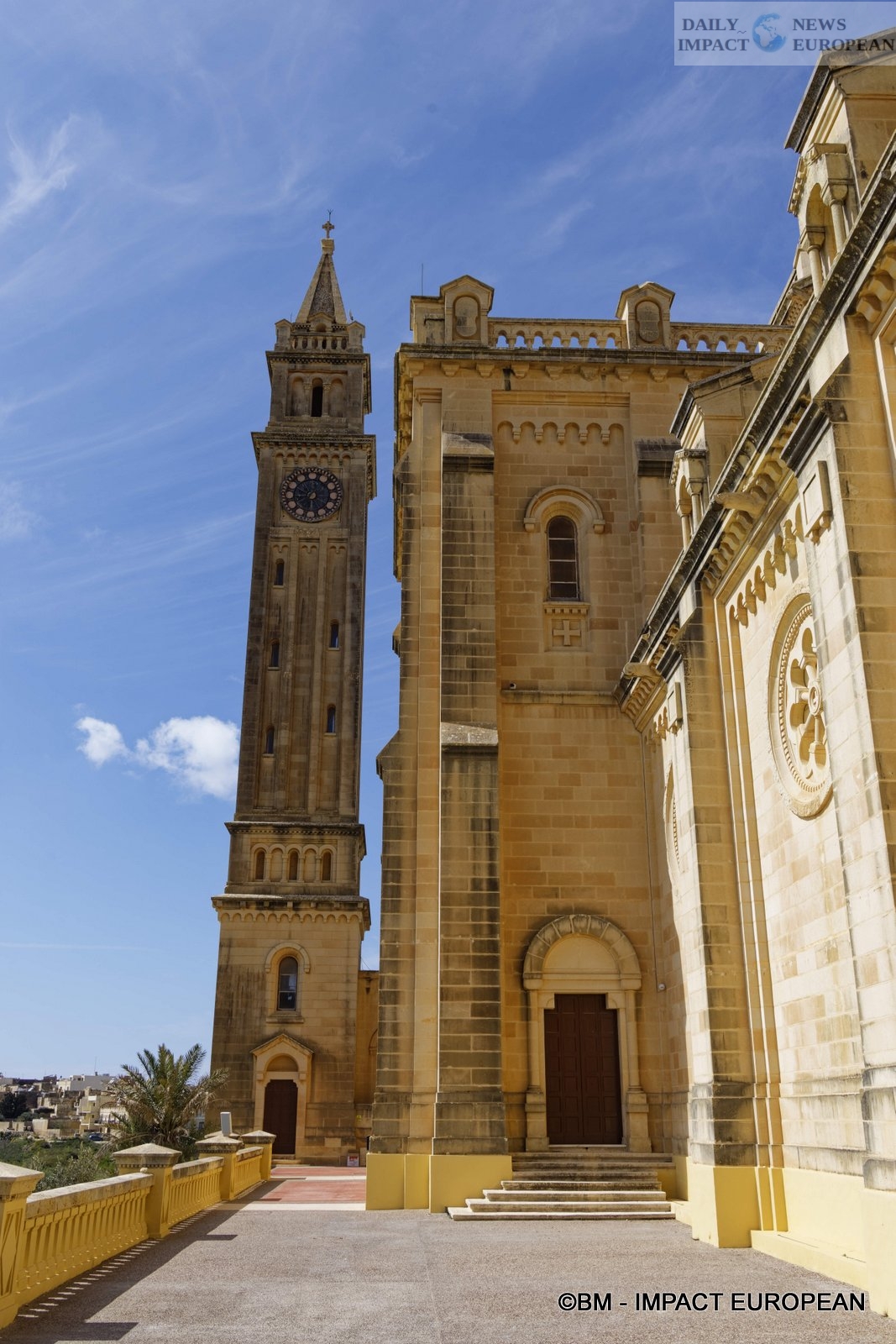
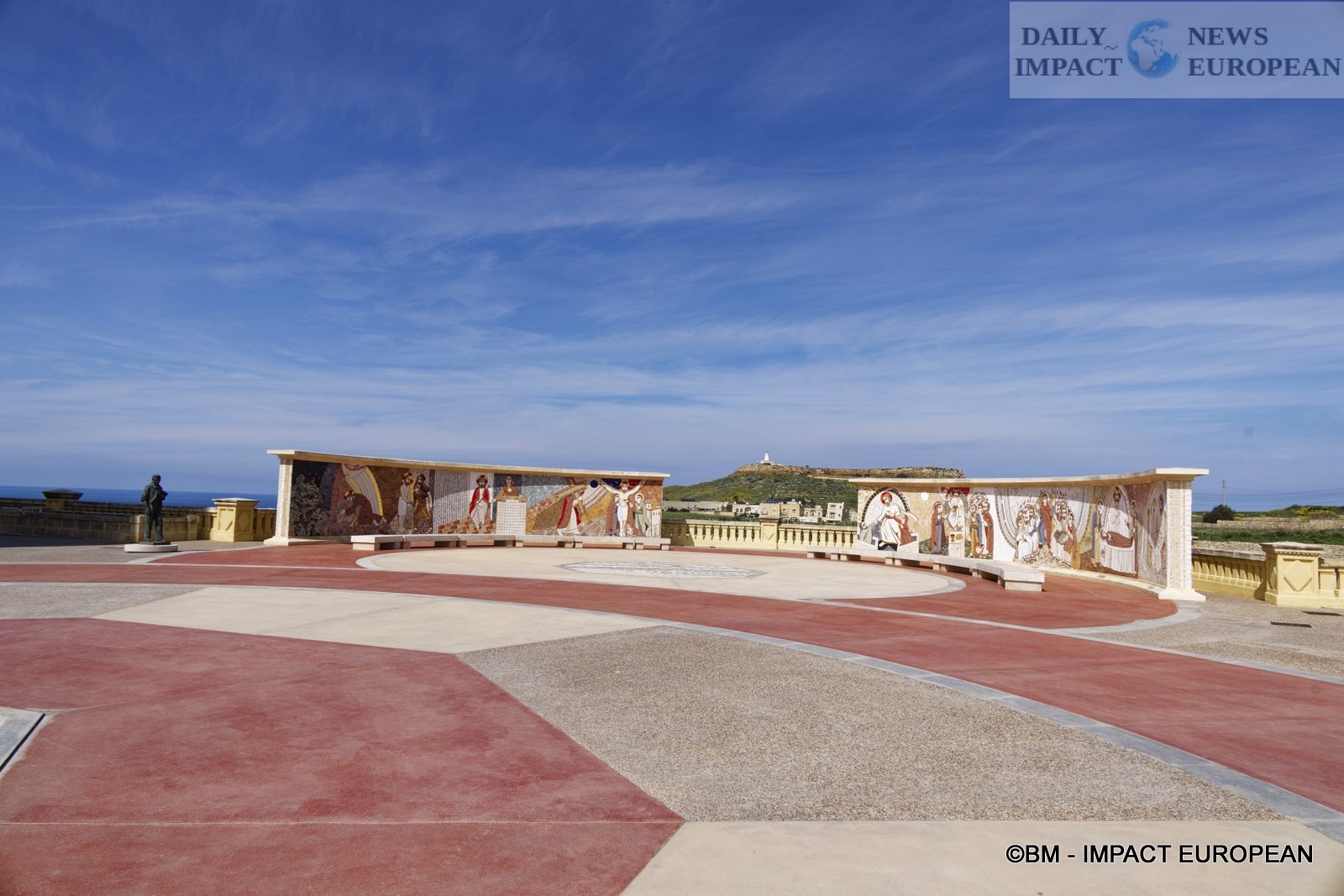
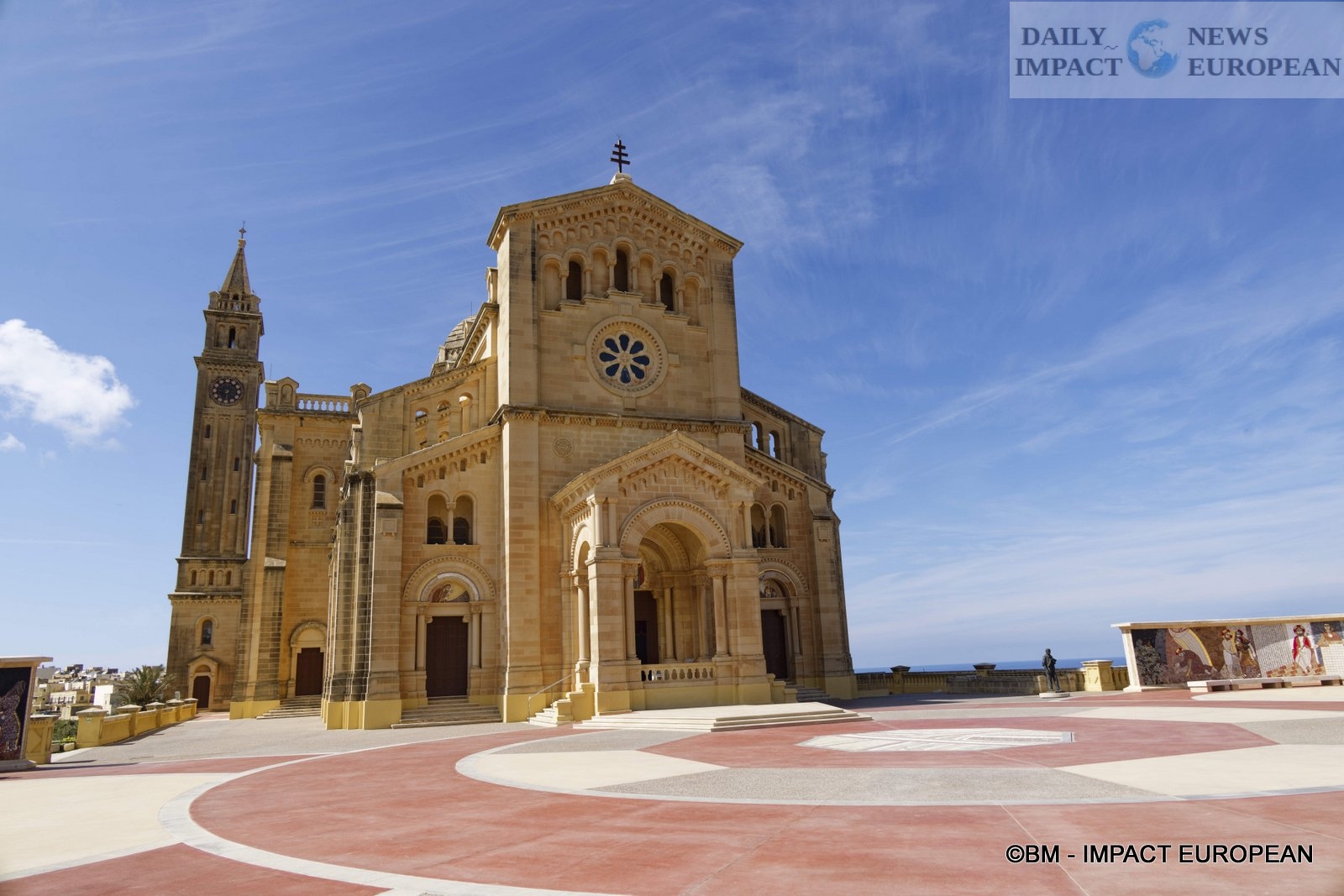
Plus d'histoires
Private Health Schools Under Scrutiny: Council of State Sides with the French Order of Physiotherapists
Dordogne: Mayor Excluded for Antisemitism Avoids Trial, LICRA Reacts
Berlin, Strategic Crossroads: Ukraine, European Security, and the Peace Economy